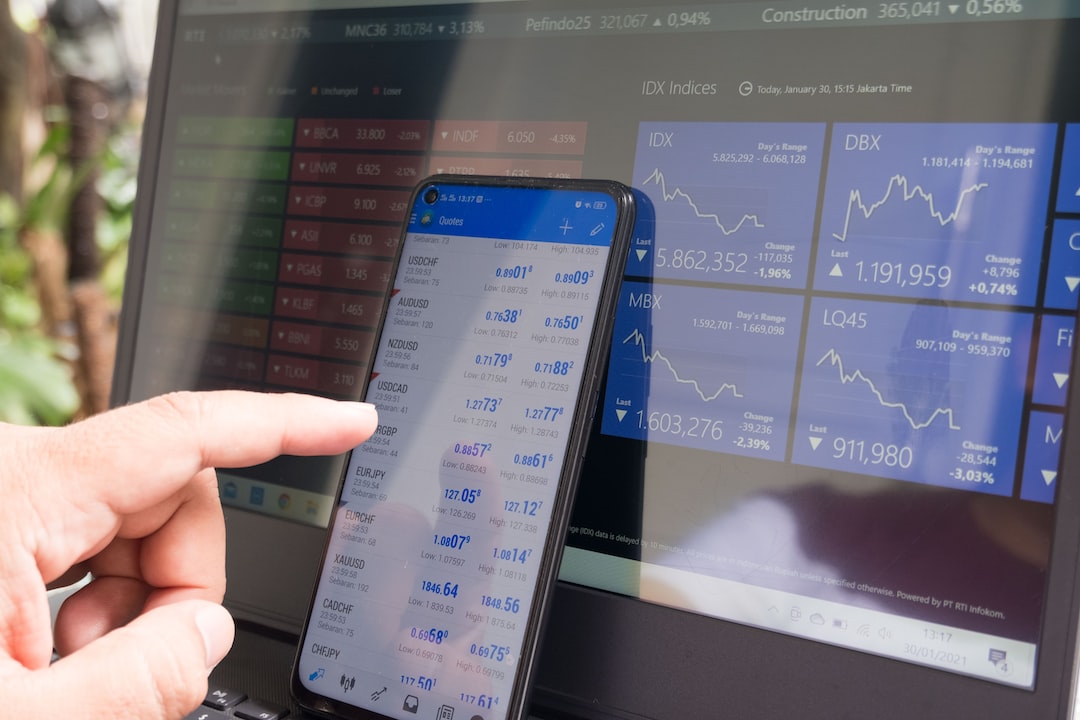In the world of forex trading, leverage is a crucial concept that can make or break a trader’s success. Leverage is essentially the amount of money that a trader can borrow from a broker in order to open a larger position in the market. A leverage of 1:1 means that a trader is trading with their own money, without any additional leverage provided by the broker. In this article, we will explore what a leverage of 1:1 in forex with $100 means and how it can impact a trader’s profitability.
Firstly, let’s define what a leverage of 1:1 means. As mentioned earlier, a leverage of 1:1 means that a trader is trading with their own money, without any additional leverage provided by the broker. This means that if a trader has $100 in their trading account, they can only open a position worth $100. In other words, the maximum amount they can trade is equal to their account balance.
The advantage of trading with a leverage of 1:1 is that there is no risk of losing more money than the trader has in their account. Since the trader is not using any borrowed funds, they are not exposed to the risk of margin calls and forced liquidation of their positions. This is particularly important for beginner traders who may not have a full understanding of the risks involved in trading with leverage.
On the other hand, trading with a leverage of 1:1 also means that a trader’s profit potential is limited. Since they are only trading with their own money, they cannot take advantage of the additional buying power that leverage provides. This means that their profits will be proportionally smaller compared to traders who are using leverage to open larger positions.
For example, let’s say a trader with a $100 account balance decides to trade the EUR/USD currency pair. If they were to buy 1 lot (100,000 units) of EUR/USD at the current market price of 1.2000, the total value of the position would be $120,000. However, since the trader is using a leverage of 1:1, they can only open a position worth $100. This means that they can only buy 0.00083333 lots (83,333 units) of EUR/USD. If the price of EUR/USD were to increase by 10 pips (0.0010), the trader would make a profit of $8.33 ($100 x 0.0010 x 83,333).
Now, let’s compare this to a trader who is using a leverage of 1:100. If they also have a $100 account balance, they would be able to open a position worth $10,000. This means that they could buy 0.0833 lots (8,333 units) of EUR/USD. If the price of EUR/USD were to increase by 10 pips, the trader would make a profit of $8.33 ($10,000 x 0.0010 x 0.0833). As you can see, the profit potential is much higher when trading with leverage.
It’s important to note that while leverage can increase a trader’s profit potential, it also increases their risk. When trading with leverage, even a small movement in the market can result in significant gains or losses. This is why it’s crucial for traders to have a solid risk management strategy in place, regardless of whether they are trading with a leverage of 1:1 or 1:100.
In conclusion, trading with a leverage of 1:1 in forex with $100 means that a trader is only using their own funds to open positions in the market. While this reduces the risk of losing more money than they have in their account, it also limits their profit potential. Traders who are looking to take advantage of the additional buying power that leverage provides can consider using higher leverage ratios, but they must also be aware of the increased risk that comes with it. Ultimately, the key to successful forex trading is to have a solid understanding of leverage and the risks involved, and to develop a comprehensive risk management strategy that helps to mitigate those risks.





